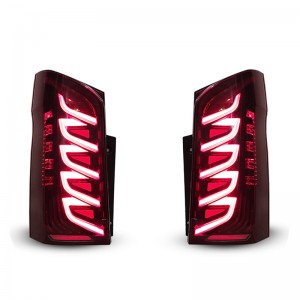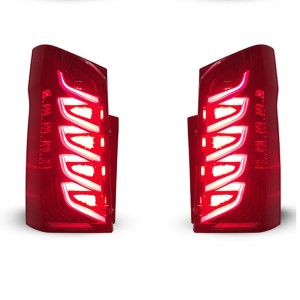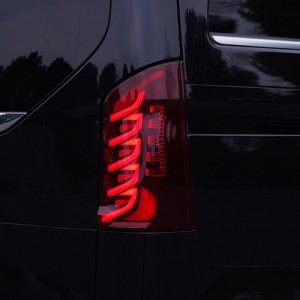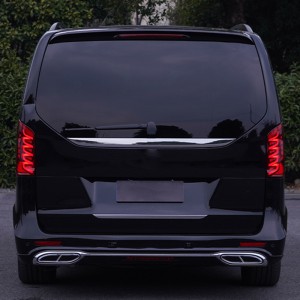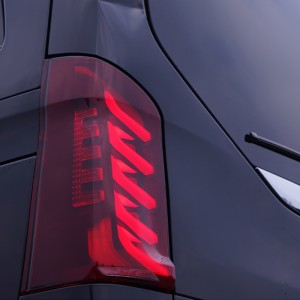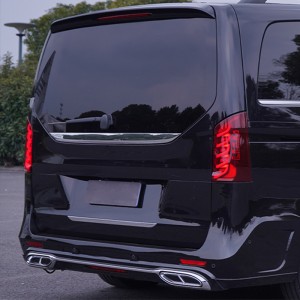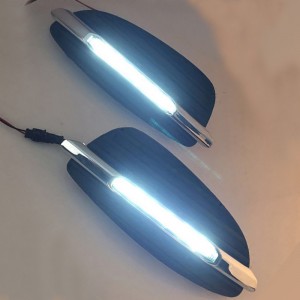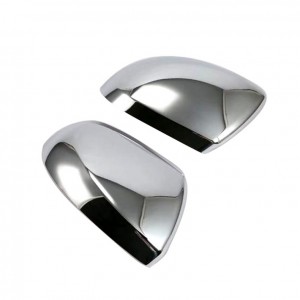Best price of MPV VAN led taillights car lights for mercedes benz vito vclass v250 w447
Product Description
Mercedes-Benz business breathing taillights, five-stripe design, full of texture; with brake lights, fog lights, turn signals, etc., spiral water light effect, cool upgrade, LED brake lights are bright and eye-catching, preventing rear-end collisions
car tail light
Rear position lights: lights used to indicate the presence and width of the vehicle, viewed from the rear of the vehicle;
Rear turn signals: lights used to indicate to other road users behind that the vehicle is about to turn right or left;
Brake light: A light that indicates to other road users behind the vehicle that the vehicle is braking;
Rear fog lamps: lamps that make the vehicle more visible when viewed from behind the vehicle in heavy fog;
Reversing lights: Lights that illuminate the road behind the vehicle and warn other road users that the vehicle is or is about to reverse;
Rear retro-reflector: A device that indicates the presence of a vehicle to an observer located near the light source by reflecting light from an external light source.
Classification of car tail light sources
incandescent light source
The incandescent lamp is a thermal radiation light source, the filament is heated to be incandescent by electric energy and emits light, and the light emitted is a continuous spectrum. The traditional car tail light with incandescent lamp as light source is mainly composed of four parts: incandescent light source, single parabolic reflector, filter and light distribution mirror. The incandescent lamp has a simple structure and is easy to use. It is the most commonly used light source, and its output is stable, and the change with the ambient temperature is small.
led
The principle of the light-emitting diode is that the junction diode is in a forward biased state, the electrons in the N region and the holes in the P region pass through the PN junction, and the electrons and holes recombine to emit light.
neon light source
The principle of the neon light source is to apply an electric field at both ends of the discharge tube filled with inert gas to generate continuous discharge. In this process, the excited inert gas atoms release photons to emit light when they return to the ground state. Filling different inert gases can emit light of different colors.



